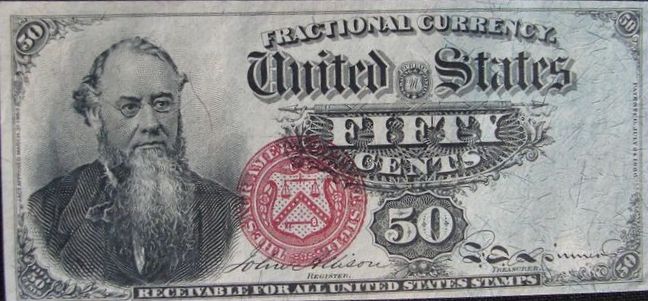January 15, 2012, a date soon to be upon us is actually a very important date. It is the 150th anniversary of the date that President Abraham Lincoln appointed Edwin McMasters Stanton to be his Secretary of war. Stanton replaced Simon Cameron who was dismissed by Lincoln for including in his yearly report the call of freed slaves to be armed and used against the Confederate Army. Stanton was Lincoln's closest adviser during the Civil War. Lincoln described Stanton as “the rock on the beach of our national ocean against which the breakers dash and roar, dash and roar without ceasing. He fights back the angry waters and prevents them from undermining and overwhelming the land. Gentlemen, I do not see how he survives, why he is not crushed and torn to pieces. Without him I should be destroyed.” He reportedly only accepted the position to "help save the country." Despite his belief that the war would be short, Stanton doubled the size of the War Department building and appointed dozens of new clerks and two new assistant secretaries. He was very effective in administering the huge War Department, but devoted considerable amounts of his energy to the persecution of Union officers whom he suspected of having traitorous sympathies for the South. Stanton was a sharp and abusive critic at the beginning of the war, calling Mr. Lincoln 'the original gorilla.’ Six months before Stanton's appointment to the Cabinet, he wrote former President Buchanan who had appointed Stanton his Attorney General: "The dreadful disaster of Sunday [Battle of Bull Run] can scarcely be mentioned. The imbecility of this administration has culminated in that catastrophe, and irretrievable misfortune and national disgrace are to be added to the ruin of all peaceful pursuits and national bankruptcy as the result of Lincoln's 'running the machine' for five months." Only later, would he become a strong supporter of President Lincoln. Upon the death of Abraham Lincoln, Secretary of War Edwin Stanton remarked, “Now he belongs to the ages.”
Lincoln's successor, Andrew Johnson, retained Stanton as secretary of war, but they soon clashed over Johnson's Reconstruction program for the South. Stanton sought stricter policies against the South and worked with the Radical Republicans in Congress, who were Johnson's bitterest enemies, to achieve his aims. In 1867 Johnson asked Stanton to resign because of this betrayal, but Stanton refused. He defended his actions under the Tenure of Office, which prohibited the removal of any federal official without senatorial consent when the official's appointment had originally been approved by the Senate. Johnson ignored the Tenure of Office Act and appointed Lorenzo Thomas Secretary of War. Johnson's action led to his impeachment by the House of Representatives, but the Senate acquitted him by one vote (cast by William Pitt Fessenden whose portrait is on the third issue twenty-five cent fractional currency note) in 1868. After the acquittal Stanton finally resigned his cabinet post. Stanton returned to private practice but his health was failing. In 1869 President Ulysses S. Grant appointed him to the U.S. Supreme Court, but he died on December 24, 1869, in Washington, D.C., before he could assume the position.
Stanton is pictured on many different United States notes including the 50-cent Fourth Issue Fractional Currency note. As with the other issues, the fourth issue was subject of counterfeiters and the first 50-cent note, the Lincoln was quickly counterfeited. Stanton replaced Lincoln on the notes and from January 1870 to September 1873, 86,080,000 notes were printed. There is only one variety of Stanton notes and it has a small red seal (38mm) and is printed on paper with violet fibers and blue tint on the right end of the front. As with other notes in this issue, the red seal sometime changed colors from a brown to an orange. Long thought to be varieties, these have since been proved to be simple red ink color changes. Also, notes were thought to exist that were printed on plain paper as another variety, but this listing has been removed. No specimens, proofs or experimentals exist, nor did the great Ford #3 sale in May 2004 have any sheets or multiples of this issue. However, a number of counterfeit specimens have been identified.
Images



